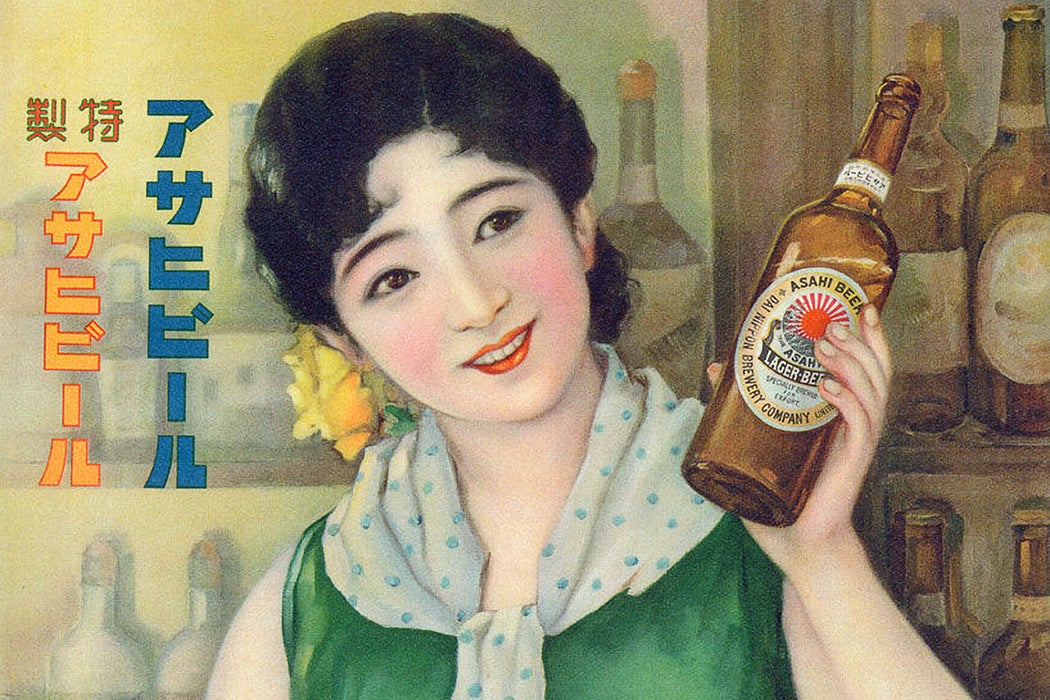People around the world have enjoyed various alcoholic beverages for millennia. But European-style beer can be an acquired taste. Jeffrey M. Pilcher digs into the history of how some Asian countries came to enjoy the stuff. Pilcher writes that in the eighteenth and nineteenth centuries, when European powers were extending their empires around the world, industrial brewing was taking hold on the continent. Colonists, imperial agents, and travelers brought their brews with them.
Famously, British colonists in South Asia introduced India pale ales, which were hoppy enough to survive shipping. But, ironically, Germany ended up dominating the beer market among the British in India because that country’s lighter lagers seemed to suit the tropical climate better.
Among the Indian population, beer didn’t really catch on. Hindu and Muslim authorities generally discouraged drinking, and the British tried to keep beer for themselves as part of an effort to keep their culture walled off from the people around them. Today, beer-drinking in India remains associated with Britain’s colonial legacy. Roadside stalls selling beer and wine in Punjab are frequently decorated with Union Jacks.
In Japan, Pilcher writes, the story was very different. At the Treaty of Kanagawa, which marked America’s forcible opening of Japan to trade in 1854, one Japanese official described the beer presented by Commodore Matthew Perry as tasting like “bitter horse piss.” But, during the Meiji Restoration, Japanese producers and customers embraced western products, including beer, as a symbol of progress. Japanese breweries popped up, often hiring German brewers and became proficient in making lagers. The Journal of the Brewing Society of Japan, launched in 1906, became a significant part of the international conversation about scientific advances in brewing techniques.
Japanese drinkers embraced beer even more fully after restrictions during World War II prevented the use of rice for making sake. By the 1950s, beer was the country’s most popular alcoholic drink. And, in the late 1980s, the country became known internationally for the distinctively crisp “dry beer” category first introduced by the Asahi brand.
Meanwhile, in China, Russians began brewing beer in Harbin around the turn of the twentieth century, and Germans set up the first Tsingtao brewery in Shandong a few years later. Unlike in British India, the Germans encouraged beer-drinking among the Chinese population as part of an effort at cultural integration that also included permitting intermarriage and integrated schools.
Weekly Newsletter
“One photograph captures a railway car meeting between German officials holding Chinese teacups and Chinese mandarins with beer glasses,” Pilcher writes.
In the early twentieth century, Chinese beer-drinkers mostly enjoyed Japanese brands, but a boycott of Japanese goods in the 1920s encouraged the development of a domestic brewing industry. Today, there are still many regional brands all across the country.
Across Asia, and across well over a century, beer has held many different meanings. Pilcher concludes that it “could simultaneously grant modern status to nationalist ideologues and support their program of transcending regional rivalries, all in a frothy glass.”







